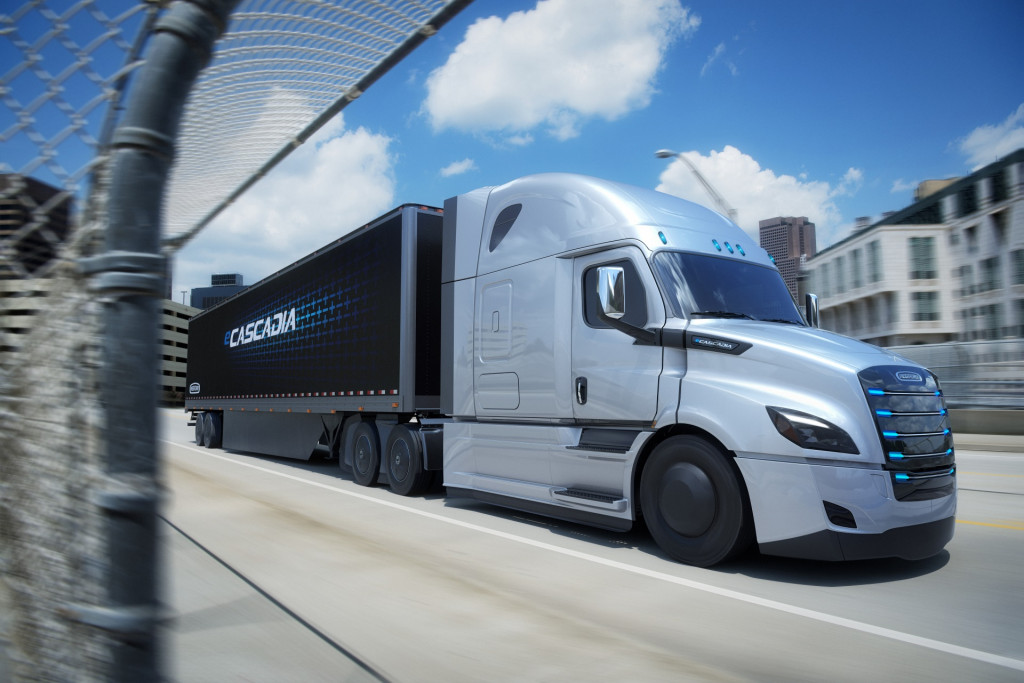Electric commercial trucks are getting more attention, with Tesla and more established truck makers like Volvo and Daimler unveiling electric models. But, in Europe at least, charging infrastructure for these vehicles is underdeveloped, according to a new report.
A "massive ramp-up" in charging infrastructure is needed to meet European CO2 emissions targets for 2025 and 2030, the European Automobile Manufacturers' Association (ACEA), a trade group representing 16 vehicle manufacturers, said.
The European Union adopted its first emissions standards for heavy-duty vehicles in 2019. Those standards call for a 15% reduction in emissions by 2025, and a 30% reduction by 2030.
To hit the 2030 target, Europe will require a fleet of 200,000 electric trucks, according to the ACEA. With about 700 medium-duty and heavy-duty electric trucks sold in Europe in 2019, that will require a 28-fold increase in sales over the next decade, the organization noted.
To support those trucks, Europe will need 90,000 charging plugs by 2030, with 37,000 installed by 2025, the ACEA said.
Commercial trucks can't use the same charging infrastructure as passenger cars, the organization said. Trucks will need bigger battery packs, requiring higher-power stations and drawing more energy. Stations will also need to be designed to accommodate large commercial vehicles.

Freightliner eCascadia electric semi-truck
The United States will likely face similar challenges as companies add electric trucks to their fleets.
One of the first U.S. charging corridors for electric trucks might echo how charging infrastructure for electric cars started on the West Coast—by following the I-5 corridor.
The West Coast Electric Highway is a network of charging stations along that corridor, which runs through California, Oregon, and Washington. In 2019, the three states and a handful of utilities drafted a study on adding charging infrastructure for commercial trucks.
It's also possible that, for the time being, electric vehicles will stick to what the trucking industry calls a "return to base" model, with vehicles never straying far from a central terminal. This ensures they will never be far from a charging station. That's already how many commercial fleets operate.
Electric commercial vehicles encompass more than just long-haul trucks. Amazon and UPS plan to use electric vans for short-haul delivery services in urban areas, for examples.
Larger trucks can be used in short hauls as well. Toyota has demonstrated hydrogen fuel-cell semi trucks (which face similar infrastructure issues to battery-electric vehicles) in so-called "drayage" service around the Ports of Los Angeles and Long Beach, which average trips of around 60 miles from a home base.












